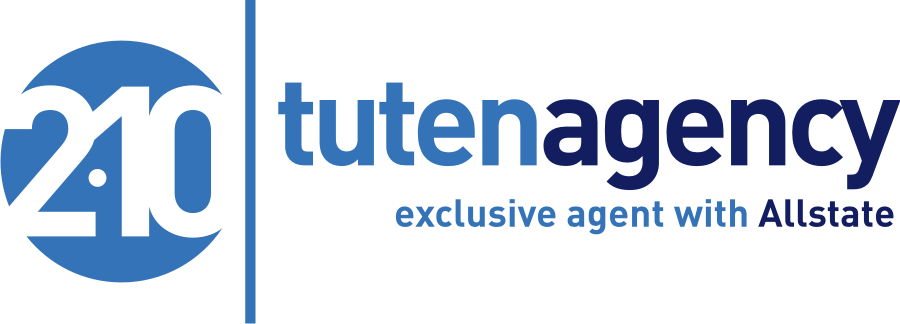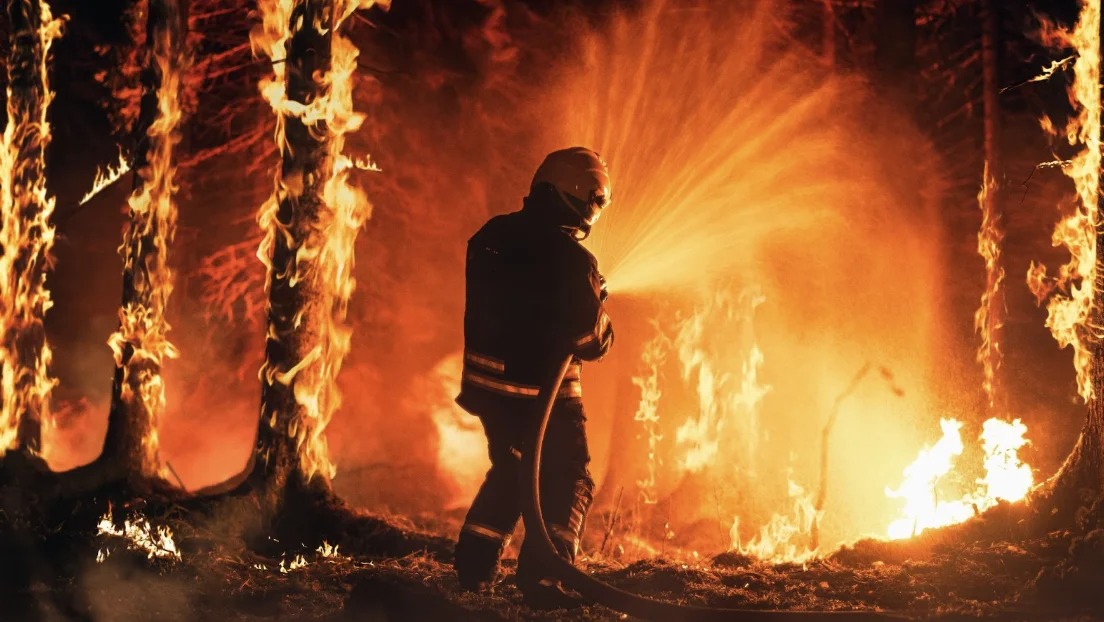Wildfires are happening more often around the world, putting homes and neighborhoods at risk. If you live where wildfires are a threat, it’s really important to know what your insurance covers.
This guide talks about homeowners insurance for wildfires, including what’s usually covered, how to get insurance if you’re in a high-risk area, how wildfires can affect you, and what to do if your home is damaged by a fire.
Coverage of Wildfires by Homeowners Insurance
Standard Policies and Fire Coverage
Homeowners insurance typically includes fire as a covered risk, which means damages from wildfires are generally covered. However, the specifics of this coverage can differ depending on your policy details and your insurance provider’s guidelines.
Structure of the Home
Dwelling coverage helps pay to fix or rebuild your home if a wildfire damages or destroys it. If a wildfire hits many homes at once, repair costs might go up and could be more than your insurance covers. Some insurance companies offer extra coverage to help with these extra costs, giving you less to worry about during a disaster.
Detached Structures
Insurance usually also covers buildings on your property like garages, sheds, and fences, protecting you from a broader range of wildfire damage.
Personal Belongings
Losing furniture, electronics, and personal items can be devastating. Personal property coverage aims to compensate for these losses, subject to your policy limits and deductible. Vehicle damage is typically covered under auto insurance, not homeowners policies.
Additional Living Expenses
If a wildfire forces you to leave your home, you could face big living costs. Loss of use coverage helps pay for these expenses, making it easier for you to handle money matters during tough times.
Obtaining Homeowners Insurance in Wildfire-Prone Areas
Securing insurance in areas with a high risk of wildfires can be challenging. Insurers may hesitate to offer policies or exclude wildfire damage from coverage.
State FAIR Plans
FAIR (Fair Access to Insurance Requirements) plans present an alternative for those unable to find coverage through private insurers. These state-run plans provide a crucial safety net, though they often come with higher costs and lower limits than standard policies.
Wildfire Statistics and Risks
Wildfires are becoming more frequent and severe, as evidenced by the Congressional Research Service’s report of 68,988 wildfires in 2022. This increase, fueled by climate change, underscores the growing need for sufficient insurance coverage.
Steps to Take if a Wildfire Damages Your Home
Should a wildfire impact your home, the following steps are essential in navigating the aftermath:
1. Assessing Habitability and Safety
Prioritize the safety of your family by evaluating the habitability of your home. Structural damage or utility failures can render a property unsafe. Use this simple checklist to systematically assess and improve various aspects of your home’s safety and habitability, keeping it secure for you and your loved ones.
A. Structural Safety
- Inspect the Foundation: Look for signs of cracks or settling.
- Check Walls and Ceilings: Look for any damage or signs of water leakage.
- Roof Inspection: Ensure there are no missing or damaged tiles or shingles.
B. Electrical Systems
- Examine Wiring: Confirm that all wiring is intact and up to current standards.
- Test Circuit Breakers: Ensure they function correctly and handle the home’s electrical load.
- Inspect Outlets and Switches: Make sure they are all in working order and safe to use.
C. Plumbing Health
- Check for Leaks: Regularly inspect all pipes and faucets.
- Water Quality Test: Ensure the water is safe for use.
- Evaluate Drains: Make sure they are clear and fully functional.
D. Heating and Ventilation
- Maintain HVAC Systems: Keep heating and cooling units well-maintained.
- Thermostat Checks: Test the thermostat to ensure proper function.
- Clear Vents: Ensure that all vents and flues are unblocked.
E. Appliance and Gas Safety
- Inspect Gas Lines: Look for leaks or signs of wear.
- Maintain Appliances: Regularly service major appliances.
- Install Carbon Monoxide Detectors: Check for proper operation.
F. Fire Prevention
- Test Smoke Detectors: Ensure they work and replace batteries as needed.
- Maintain Fire Extinguishers: Check that they are fully charged and easily accessible.
2. Looking for a Place to Stay
If you can’t live in your home, find somewhere else to stay temporarily. The Red Cross and the loss of use part of your home insurance can help support you in this period.
3. Initiating the Insurance Claims Process
Contact your insurer to start the claims process. Documenting the damage thoroughly and having a pre-existing home inventory can expedite this process.
Conclusion
Wildfires make it crucial to know your home insurance details. Knowing your policy, how to get insurance in risky areas, and what to do if your home is damaged helps protect your home and money from wildfire damage. With more wildfires happening because of climate change, being prepared and informed is the best way to stay safe.
FAQs
Can I get homeowners insurance if I live in a very high-risk wildfire area?
Yes, but it might be challenging. While some insurance companies may not offer policies in high-risk areas, you might be eligible for a FAIR plan through your state, which provides insurance for properties in such areas, albeit often at a higher cost and with certain limitations.
What is not covered by homeowners insurance in the event of a wildfire?
While coverage varies, common exclusions often include damage to land, such as trees and plants, unless additional coverage is purchased. Also, if authorities determine the damage was due to negligence (e.g., failing to maintain a safe environment around your property), your claim may be denied.
How long does it take to settle a claim after a wildfire?
The time frame can vary widely depending on the extent of the damage, the number of claims the insurer is handling, and the complexity of your specific claim. It’s crucial to file your claim as soon as possible and provide all required documentation to expedite the process. On average, it can take anywhere from a few weeks to several months.
How can I ensure my claim is processed smoothly after a wildfire?
Keep a detailed inventory of your belongings, document the damage with photos or videos, and report your claim as soon as possible. Stay in communication with your insurance adjuster and keep records of all interactions, including emails and calls. Being proactive and organized can help ensure a smoother claims process.
Get the right coverage for your home with tutenagency
New tutenagency customers?
Quote homeowners insurance online or call (334) 502-5111 to insure your home.
Legal Disclaimer: ADVERTISING MATERIAL ONLY. Do not rely on this site or this article for legal or financial advice. The information provided on 210agency.com is strictly for educational purposes and to provide you with general educational information. Since state laws and financial regulations are subject to change, please schedule an appointment with an attorney or qualified financial advisor in your area to further discuss your personal situation. This public information is neither intended to, nor will it, create an attorney-client or financial representative relationship.

